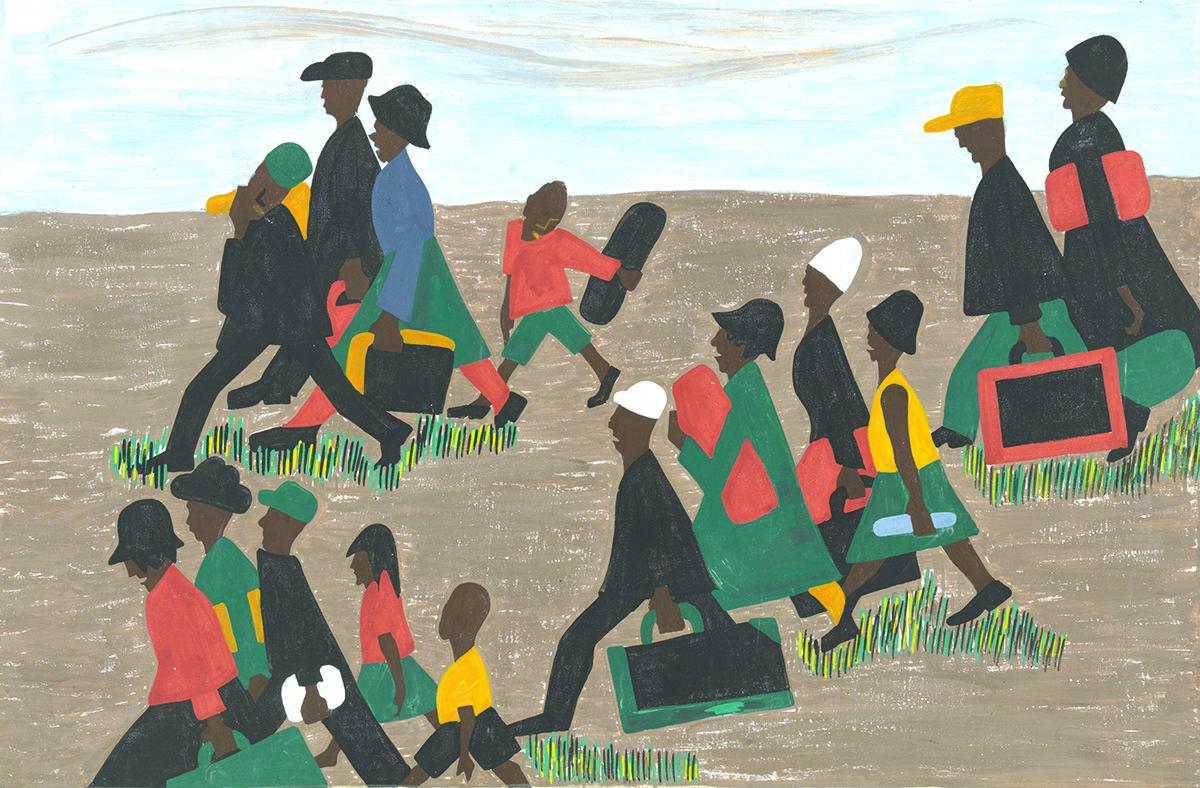In January of 2018, the College of Wooster witnessed a public demonstration against its own administration on its own campus. The demonstration was in the form of a more impromptu walkout and laid back sit-in. Students were sent mass texts to leave class 10 minutes early and to meet in front of Kauke, where they would be greeted with student leaders handing out pins and giant speakerphones playing music. Afterwards, students walked to the administration building–not without a few pictures from the school’s professional photographer. After students filed into the building, the demands were read aloud, students were encouraged to post on social media. The sit-in began. Students were served drinks by the administration staff, given the opportunity to leave and come back, and engaged in light conversation and games until the sit ended that night.
Now, what does a traditional sit-in look like? Historically, sit-ins were serious and somber, with students locked in a building for hours, refusing to leave until the last of their demands were met. These demands were often concise, and the student leaders who negotiated them were relentless. The Gaplin Sit-In, however, was a different type of sit-in. In a new age, very few things are kept the same– public demonstrations included. The main purpose of civil disobedience was to make enough noise, so those in charge were forced to make a change. In this age, that noise can be made with a few Instagram posts, Snapchat stories, and tweets. But how effective can this be? Such a question can only be answered with 20-20 vision, so Wooster students must wait to see how effective the Gaplin Sit-In was. The one result that is instant, however, is the hope and inspiration the sit-in stirred in others. One can say confidently, that no matter how effective the sit-in was, it was far from a waste of time.
